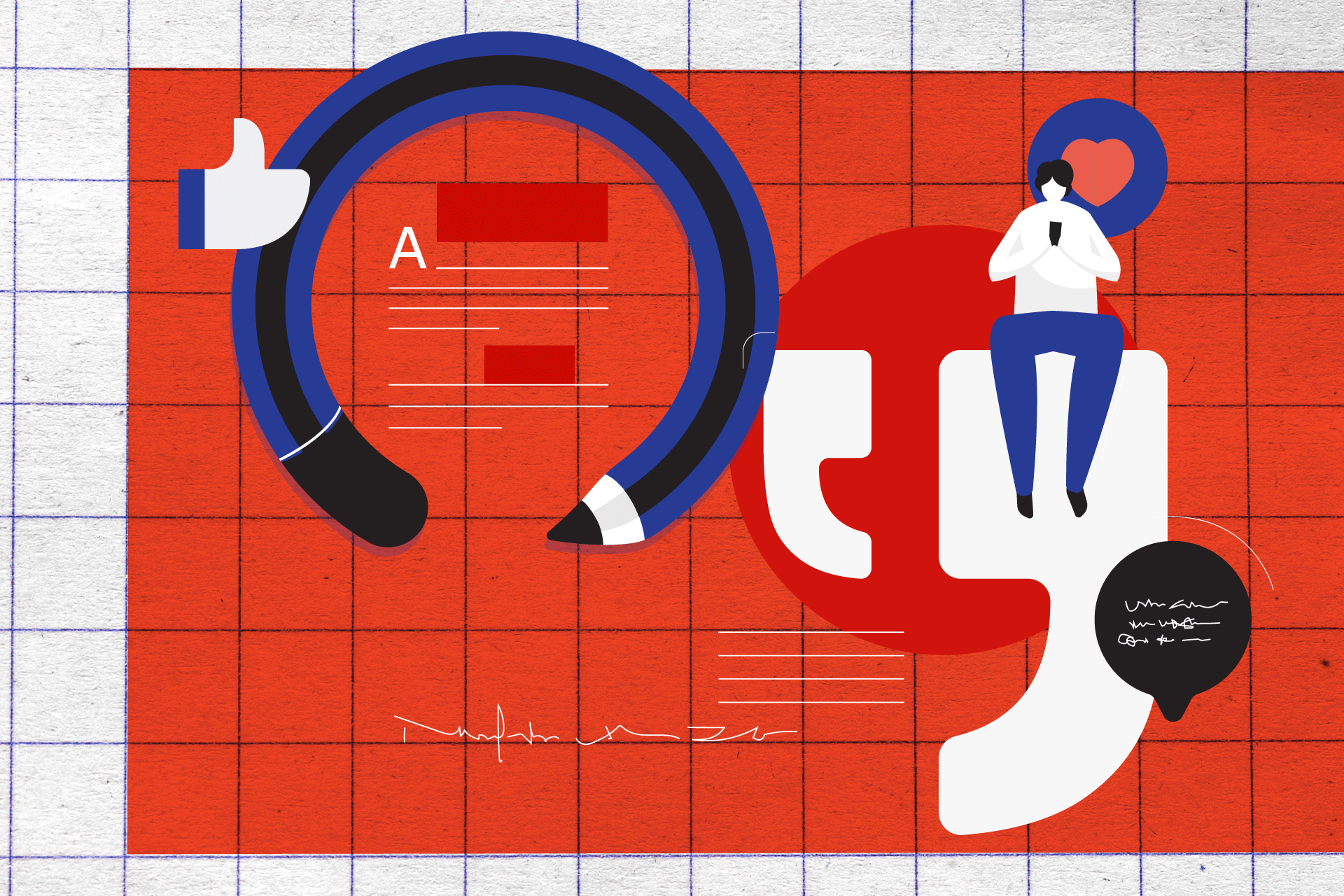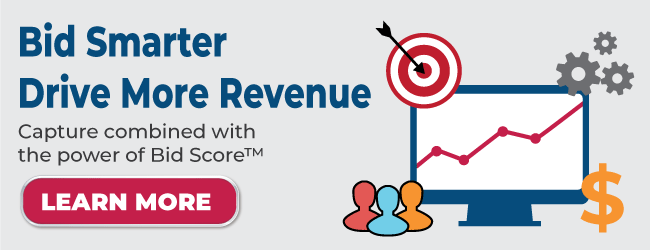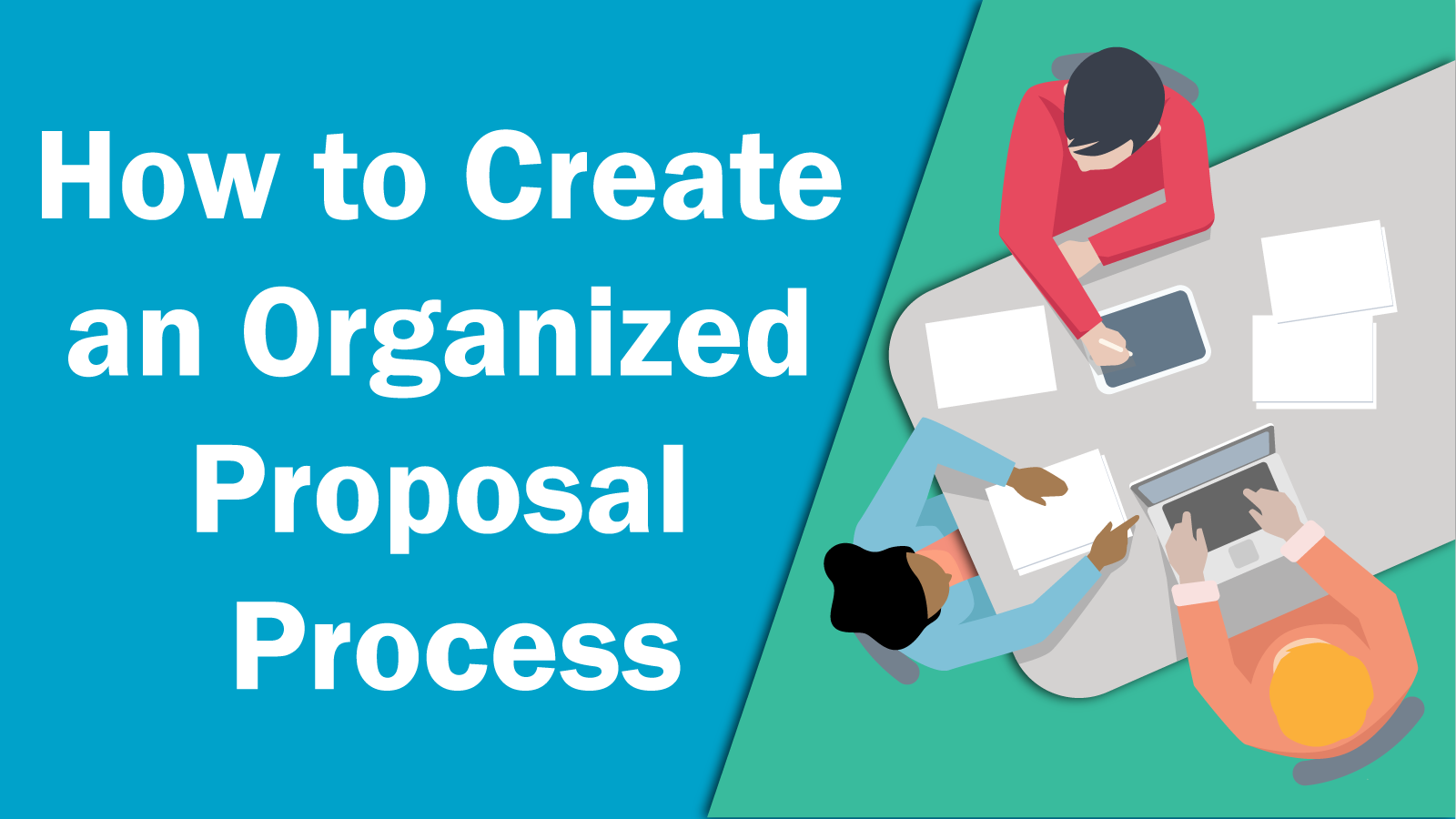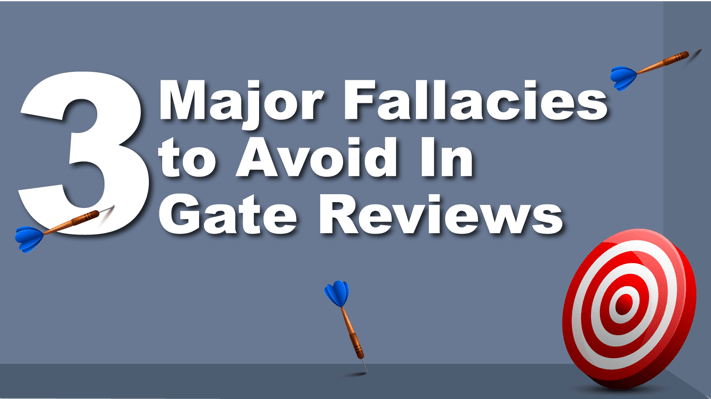
When it comes to decision gate reviews, many organizations conduct them differently.
For example, the KSI Advantage™ Capture and Proposal Guide outlines three main decision gates leading to the final bid decision: Pursuit Decision, Preliminary Bid Decision, and Bid Decision.
Depending on size, structure, and supporting processes, your company may conduct more or fewer gates. Although the gate structure may vary slightly from organization to organization, the goal of each gate review is the same: to determine whether the company should continue with its pursuit of a particular opportunity.
One thing that is often overlooked is the critical role that business development executives and other decision-makers play in the gate review process.
While it is capture’s job to do the preliminary research, develop the necessary relationships, capture critical information, and create a compelling business case, it is the executives' job to evaluate the pursuit's health and make sound decisions at each gate. Along the way, the executives should guide the capture team to take the necessary steps to reach a successful bid decision.
Executives must separate themselves from the opportunities and make tough decisions, particularly if capture has not taken the necessary steps to support a strong pursuit or bid decision. While it’s impossible to make these decisions completely impartially, knowing which biases to look out for can help executives make smarter decisions.
This article will explore three logical fallacies that executives should keep in mind during each decision gate and recommend some supporting tools to help make better-informed decisions. They include:
- The Hot Hand Fallacy
- The Bandwagon Fallacy
- The Sunk Cost Fallacy
1. Hot Hand Fallacy
“We have won the past four opportunities we have bid on with this customer, which means we have a really good shot at winning this one, too.”
The Hot Hand Fallacy suggests that an individual or entity with past success has a greater chance of further success. This fallacy is commonly found in sports and gambling. If an athlete or blackjack player is on a streak, you might be more likely to assume the streak will continue despite any surrounding circumstances.
This fallacy is common in organizations that have won several opportunities with a single customer. They think they will have the same success immediately with a new customer.
While good relationships with a customer play a role in your likelihood of winning the work, this should never be used to offset any doubts or red flags regarding your solution, price, or ability to deliver a winning proposal. When conducting the gate reviews, executives need to put aside this bias to examine the other factors that should be considered when making pursuit decisions and bid decisions.
During the pursuit decision gate, executives must also consider the fit of the work in relation to the organization's strategic direction. They should ask whether gaps in the expected scope of work need to be overcome and how the team’s position aligns to that of the major competition. If any hurdles identified during the pursuit decision have not been overcome at the preliminary bid decision, executives should consider whether there is time to overcome those barriers before the final RFP is released, and if not, strongly consider a no-bid.
If the team is well-positioned by the time the RFP is released, then during the final bid decision, the executives should consider the evaluation criteria, such as past performance, technical capability, management approach, and required business systems—and make sure there are not are any showstoppers or other factors that would warrant a no-bid decision.
2. Bandwagon Fallacy
“I have some doubts about our ability to win this work, but everyone else on the team seems confident and wants to move forward, so that must be the right decision.”
The Bandwagon Fallacy (commonly known as Group Think) assumes that the majority’s opinion is always the correct one.
Advertisers take advantage of this logical bias all the time with slogans like, “9/10 dentists recommend”, “America’s Favorite Cereal”, and “Millions of teeth can’t be wrong”. In all these examples, marketers are relying on the fact that we tend to put more trust in things when the people around us do. As my mom has asked me many times, “if everyone jumped off a bridge, would you jump, too?”
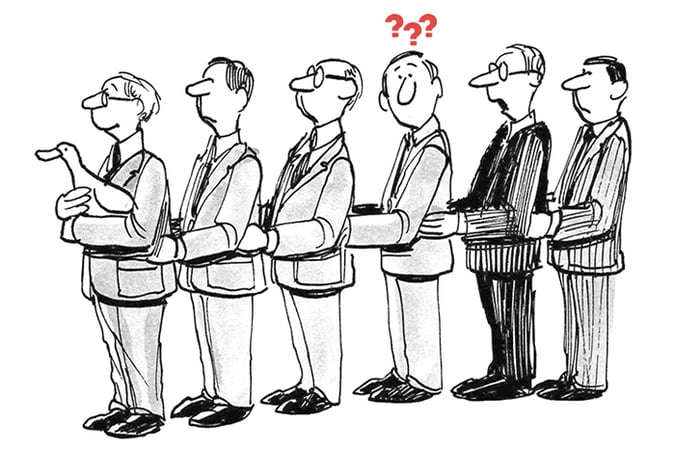 ©[cartoonresource]/Adobe Stock
©[cartoonresource]/Adobe Stock
During gate reviews, executives should be challenging their Capture Managers to make a strong point for pursuing the work. If the Capture Manager presents a weak capture plan and doesn’t seem to have positioned the opportunity strongly, voice your concerns, ask the hard questions, and challenge your team to take the steps to remediate those concerns.
As the pursuit progresses, be sure to hold them accountable to their remediation plan. If they have not made the necessary strides by the next gate review, do not be afraid to make the difficult call to pull the plug. Just because an opportunity is appealing does not mean your team is sufficiently positioned to win the work. Don’t let the enthusiasm of your team cause you to overlook or disregard any issues or concerns that should warrant a no-bid.
3. Sunk Cost Fallacy
“We have already committed so much time, money, and manpower into going after this opportunity, we might as well continue to pursue it.”
The Sunk Cost Fallacy explains our tendency to continue consuming or pursuing an action, despite the probable outcome of doing so, because we’ve already invested recourses in it.
For example, let’s say you spend weeks looking for a sold-out ticket to see your favorite band play an outdoor concert. You finally find one and spend $200 on it. It’s a little more than you wanted to spend, but it’s your favorite band, after all. The day of the concert arrives, and the weather is terrible. It’s pouring rain and freezing cold. You know you’ll be miserable if you go and would rather stay home but decide to go anyway because it would be a waste of the time and money you already spent if you don’t.
In this example, if you decide to go instead of cutting your losses and staying home where it’s warm and dry, you’ve fallen victim to the Sunk Cost Fallacy.

In other words, you chose the less optimal option simply because you had already spent your valuable time and money on the front-end. The time and money you spent are sunk costs. They’re gone whether you decide to go or stay home, so they shouldn’t play a role in the decision you make.
As an executive, it’s important to keep this fallacy in mind when deciding whether to continue pursuing an opportunity or not. “But we’ve already spent so much time and money on this”, should never be part of the consideration. When conducting a gate review, remember that every resource your team has used to get to that point is a sunk cost—and the resources you use to pursue a losing opportunity could be better used to support a winning opportunity. The decision to bid or no-bid needs to be contingent upon whether you think you can win and not upon how much time or money you’ve already spent.
Tools to Help You Assess an Opportunity
Executives, if you find yourself talking in a way that is similar to the above, be sure to reexamine why you are going after the opportunity. The solution to making more informed decisions when assessing potential opportunities is to base your decision on the data and a well-structured bid/no-bid process.
Our KSI Advantage© Capture and Proposal Guide has some useful tools to help your team assess the fit and health of an opportunity, including the Notional Winner Profile, Competitive Assessment, Self-Assessment, and Summary Scorecard.
- Notional Winner Profile: used to compile the optimum credentials, capabilities, experience, and attributes of the likely winner or winning team derived from the customer analysis.
- Competitive Assessment: used to identify the strengths and weaknesses of the likely competitors and leads to teaming decisions.
- Self-Assessment: used to make an honest assessment of your company’s strengths and weaknesses against the Notional Winner Profile.
- Summary Scorecard: permits a side-by-side analysis of the company’s relative strengths and weaknesses against the competition (see figure below).
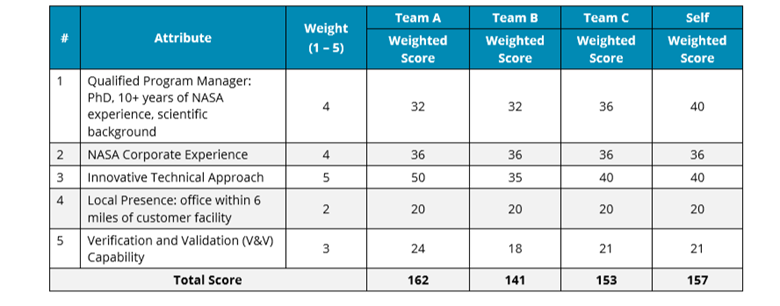 Example of a Summary Scorecard
Example of a Summary Scorecard
As part of your gate review processes, you can charge your Capture Managers to conduct the necessary research, capture activities, and shaping in order to complete these assessments and present these tables as part of their slides during the decision gate reviews.
Adopt a Data Driven Approach to Bid Decisions
If you still find yourself susceptible to these biases and fallacies, it can be helpful to adopt a more data-driven approach to the final bid decision. You can adopt the use of PowerPoint and Excel scoring matrices or consider a more robust bid decision tool. One service Key Solutions provides for our clients is Capture + Bid Score™.
Capture + Bid Score™ is an innovative SaaS tool that powers data-driven bid decisions and increases win rates. This services service helps you:
- Calculate how your company might perform on a bid opportunity before ever investing in a response.
- Customize Bid Score™ assessment questions and scoring to tailor to your company’s unique strengths, weaknesses, and qualification criteria.
- Identify key strengths and weaknesses for each bid opportunity to improve your odds of winning.
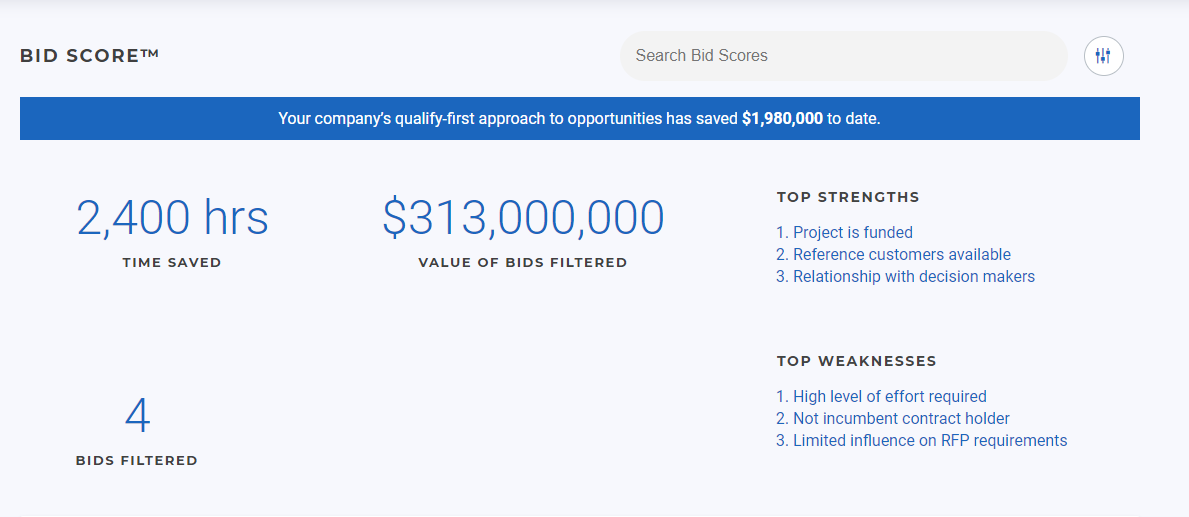
Conclusion
As an executive participating in gate reviews, it is your job to make rational, unbiased, and data-backed decisions about whether or not to move forward in the pursuit of an opportunity.
Keeping these fallacies and bid tools in mind while making pursuit decisions and bid decisions will help you overcome your biases and make clearer, smarter decisions for your company. This will help your teams to focus their time and energy on the opportunities with the greatest probabilities of a win.
Get complete insights into the opportunities you're pursuing with Bid Score™.


